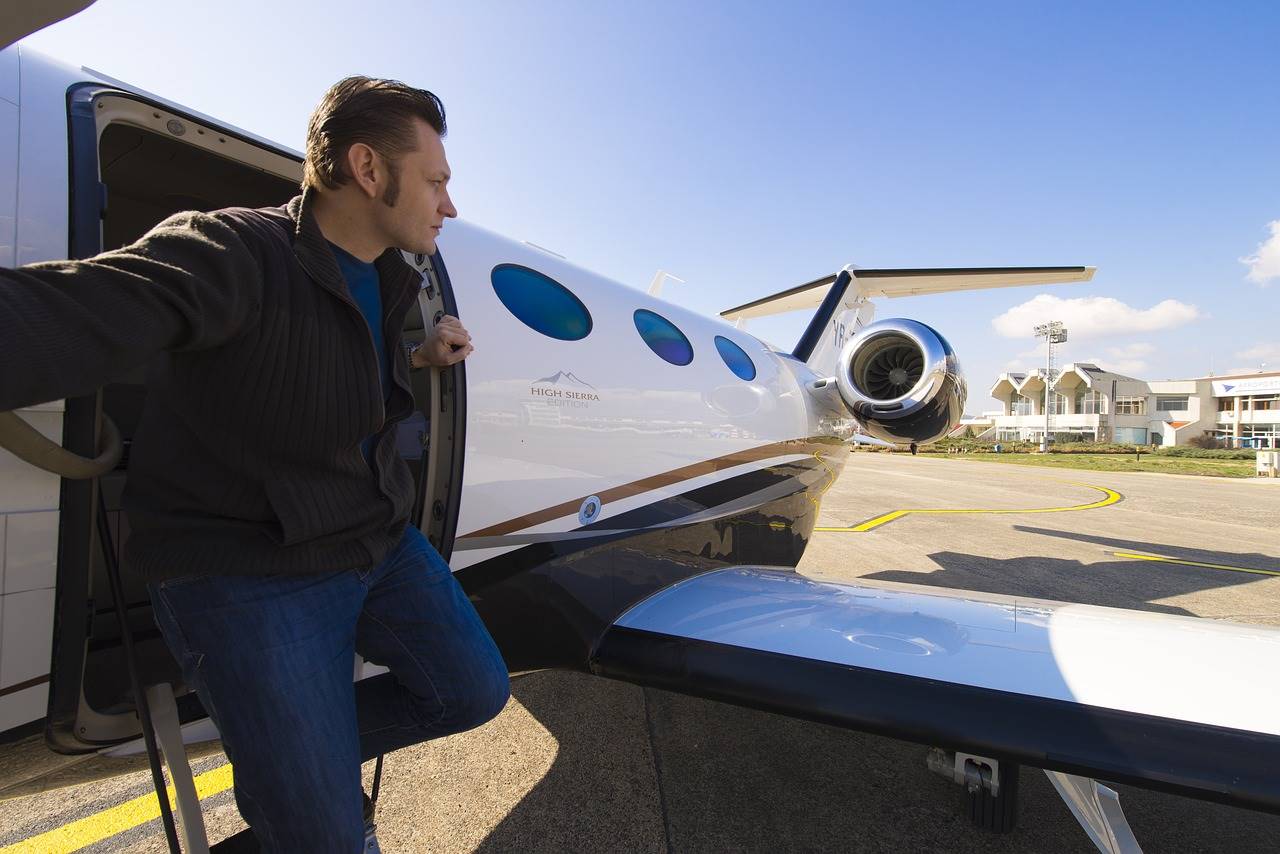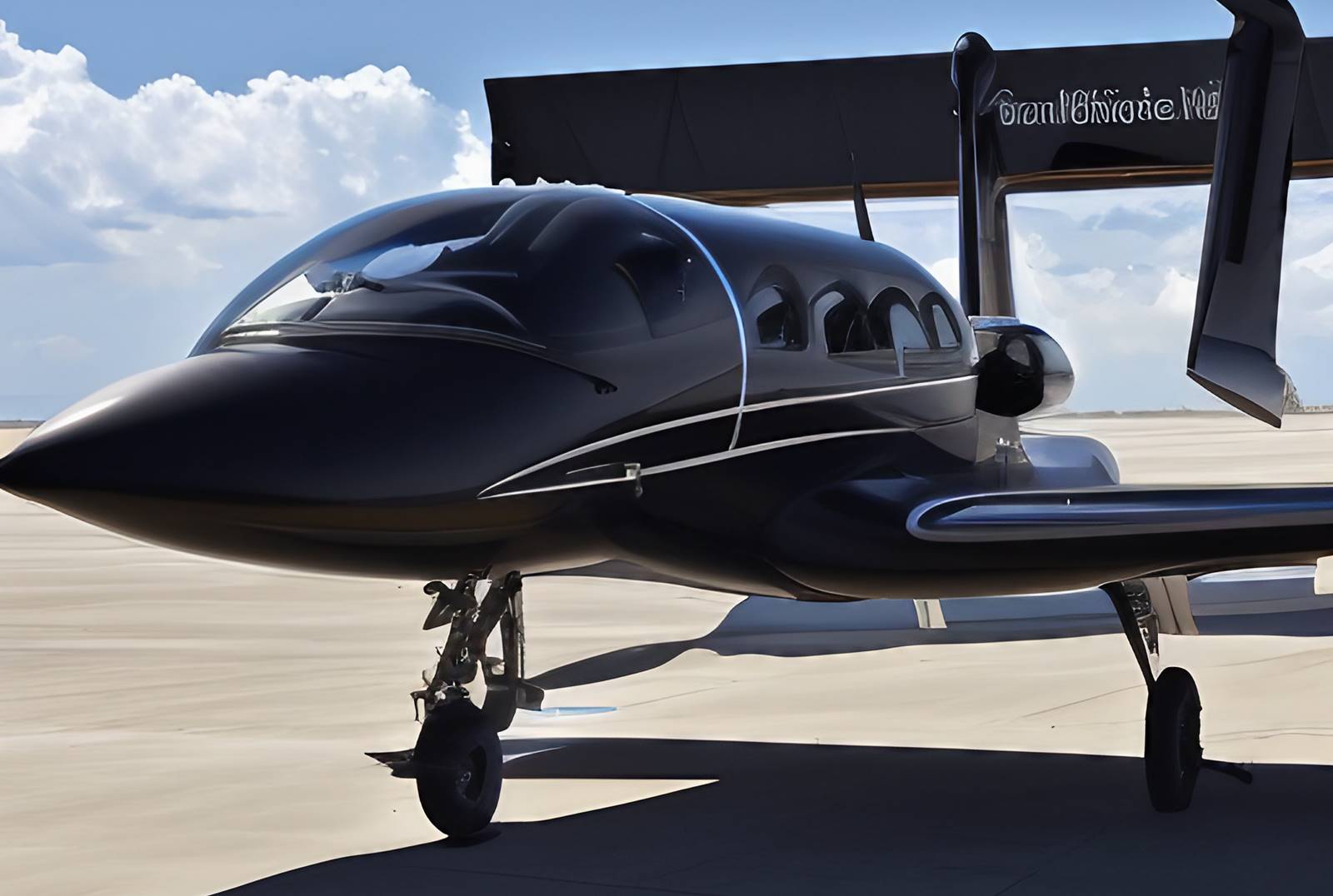It’s a dream of many people to be able to fly an airplane. The ability to soar through the skies is an unparalleled feeling and one that can be addicting. However, flying an airplane is not a task to be taken lightly. There are many regulations and laws that must be abided by in order for you to fly legally. It takes a certain level of expertise and knowledge to ensure safe flight.
Also Read: How Much Does Flight Attendant School Cost?
Becoming a pilot is an exciting and challenging endeavor that requires dedication, patience, and a commitment to safety. It is also an incredibly rewarding career path that provides the opportunity to travel the world, meet interesting people, and experience breathtaking views from above. With the right education and training, anyone can be part of this vibrant aviation industry.
Contents
- So, What is the Number of Passengers that a Pilot in a Private Jet Can Carry?
- Can a Private Pilot Carry Passengers at Night?
- Can a Private Pilot Fly in Bad Weather?
- Can a Private Pilot Fly Passengers Internationally?
- Can a Private Pilot Fly for Hire or Reward?
- Private Pilot vs. Other License Passenger Limits
- Is there a Maximum Weight Limit for Carrying Passengers?
- Can Private Pilots take Payment for Carrying Passengers?
- Can Private Pilots give Flying Lessons?
- Summary

So, What is the Number of Passengers that a Pilot in a Private Jet Can Carry?
The number of passengers a private pilot can legally carry is determined by the type and size of the aircraft. For example, a Cessna Caravan may only be able to accommodate six people at once but an airline-style jet with 300 seats could potentially fly everyone in your family!
This gives private pilots a lot of freedom when it comes to flying, whether that be planning for a family vacation, or giving a couple of friends a quick scenic tour.
Can a Private Pilot Carry Passengers at Night?
Yes, a private pilot can carry passengers at night as long as the aircraft is equipped with lights and instruments required for night flying.
According to the Federal Aviation Regulations (FAR), a private pilot must have at least three takeoffs and landings in the same category of aircraft within the 90 days preceding the date of the flight. So, if a private pilot wants to fly at night, they must have taken off and landed in that same aircraft category at night within the past 90 days.
Furthermore, the FAR requires that a private pilot must have received and logged flight training from an authorized instructor on night flying procedures and skills before carrying passengers at night.
So, while a private pilot can carry passengers at night, they must be adequately trained and experienced in flying the aircraft at night. This is to ensure the safety of both the pilot and their passengers.
Read more: A Seychelles Wedding for Flight Attendants, Pilots, and Expats

Can a Private Pilot Fly in Bad Weather?
The private pilot certificate is the most common type of pilot license and allows pilots to fly for pleasure or work. Most private pilots only fly in good weather conditions, since they are not required to maintain the same level of proficiency as commercial pilots. However, private pilots can fly in bad weather if they have the proper training and experience.
In general, private pilots are not allowed to fly in instrument meteorological conditions (IMC), which include clouds, fog, mist, rain, snow, and ice. However, there are some exceptions to this rule. For example, a private pilot may be able to fly in IMC if they have completed an instrument flight training program and have logged at least 50 hours of cross-country flight time.
Can a Private Pilot Fly Passengers Internationally?
Yes, a private pilot can fly passengers internationally as long as the aircraft is registered in the United States and the pilot has a valid U.S. passport. In addition, the private pilot must comply with all regulations set forth by the country of destination.
For example, if a private pilot wants to fly to Canada, they must have a valid U.S. passport and meet the Canadian entry requirements, which include having a valid pilot license and medical certificate.
It’s important to note that not all countries have the same rules and regulations when it comes to flying. Therefore, it’s always best to check with the country of destination before planning an international flight.
Can a Private Pilot Fly for Hire or Reward?
No, a private pilot cannot fly for hire or reward, which means they cannot be paid to fly passengers or cargo. However, there are some exceptions to this rule. For example, a private pilot can accept reimbursement for their expenses, such as fuel, oil, and airport fees.
In addition, a private pilot can fly for hire or be rewarded if they are participating in a search and rescue mission or other emergency flight. Furthermore, student pilots can be paid for their flight instruction time if they are working towards their commercial pilot license.
Private Pilot vs. Other License Passenger Limits
One of the main differences between a private pilot and other licenses is the number of passengers that can be carried. A private pilot can carry a maximum of three passengers, while a commercial pilot can carry up to seven. An airline transport pilot (ATP) can carry an unlimited number of passengers.
Another difference is the types of aircraft that can be flown. A private pilot is only allowed to fly single-engine aircraft, while a commercial pilot can fly multi-engine aircraft. An ATP can fly any type of aircraft.
Lastly, a private pilot is not allowed to fly for hire or reward, while a commercial pilot can be paid to fly passengers or cargo.
Read More: 5-Day Trip to Italy: Milan, Lake Como, and Venice
Is there a Maximum Weight Limit for Carrying Passengers?
There is no maximum weight limit for carrying passengers as long as the aircraft’s max takeoff weight is not exceeded. The max takeoff weight is the heaviest the aircraft can be at takeoff, and includes the weight of the pilot, passengers, fuel, and cargo.
Can Private Pilots take Payment for Carrying Passengers?
No, private pilots cannot take payment for carrying passengers. However, they can accept reimbursement for their expenses, such as fuel, oil, and airport fees. In addition, a private pilot can fly for hire or be rewarded if they are participating in a search and rescue mission or other emergency flight.
Can Private Pilots give Flying Lessons?
Yes, private pilots can give flying lessons to student pilots working towards their private or commercial pilot licenses. However, private pilots cannot be paid for their time unless they are also certified flight instructors (CFI).
Summary
A private pilot license is a great way to get started in the world of aviation. It allows pilots to fly for pleasure and gives them the ability to fly passengers internationally. Although private pilots cannot be paid for their flying services, they can accept reimbursement for their expenses. If you’re interested in becoming a private pilot, be sure to check out our private pilot license guide.